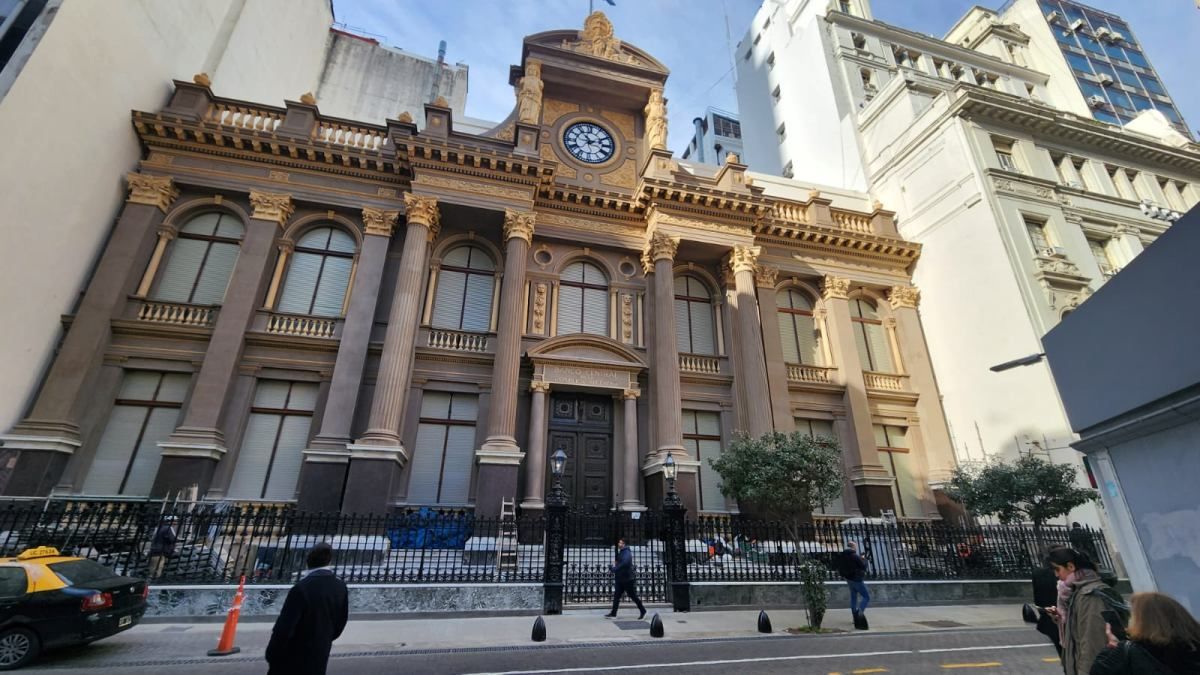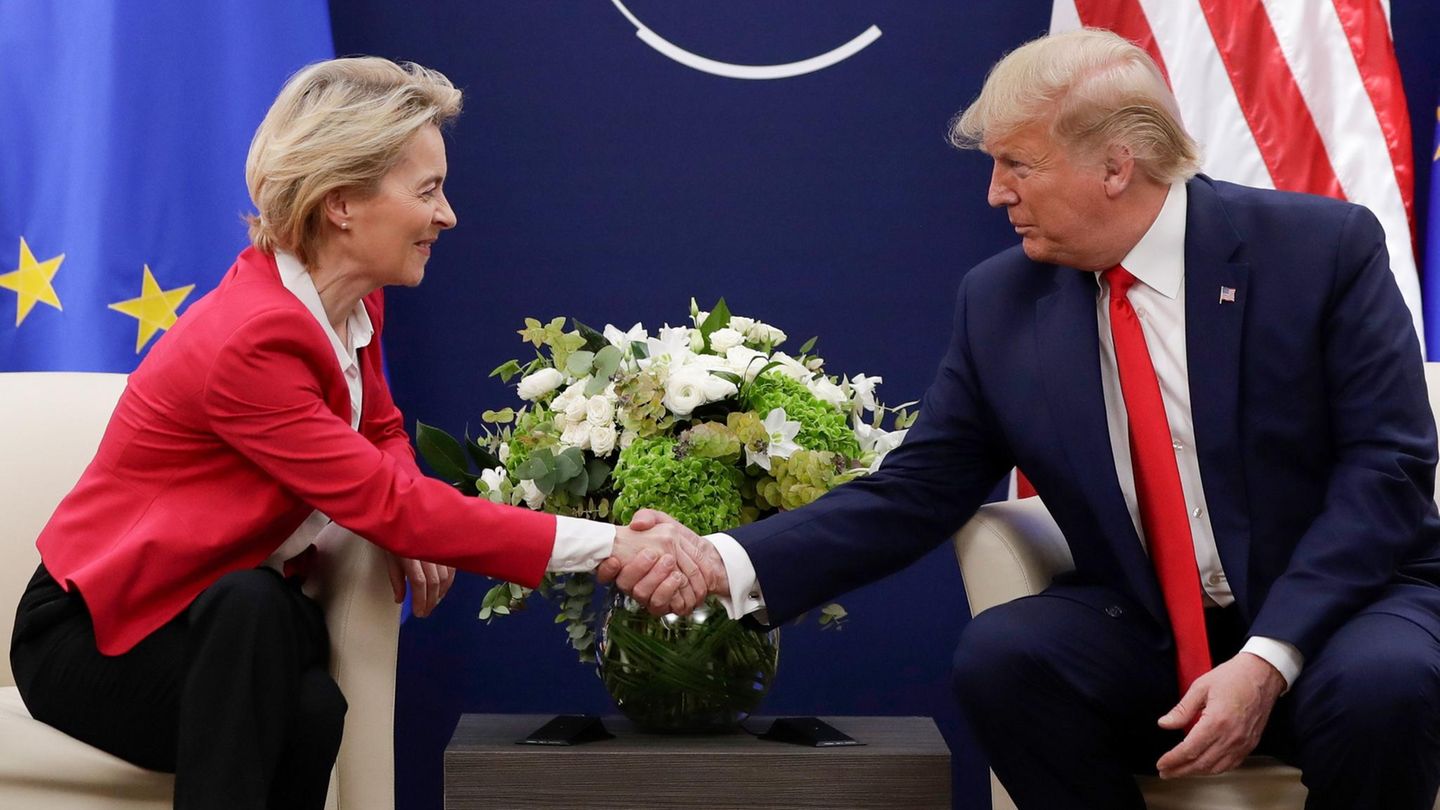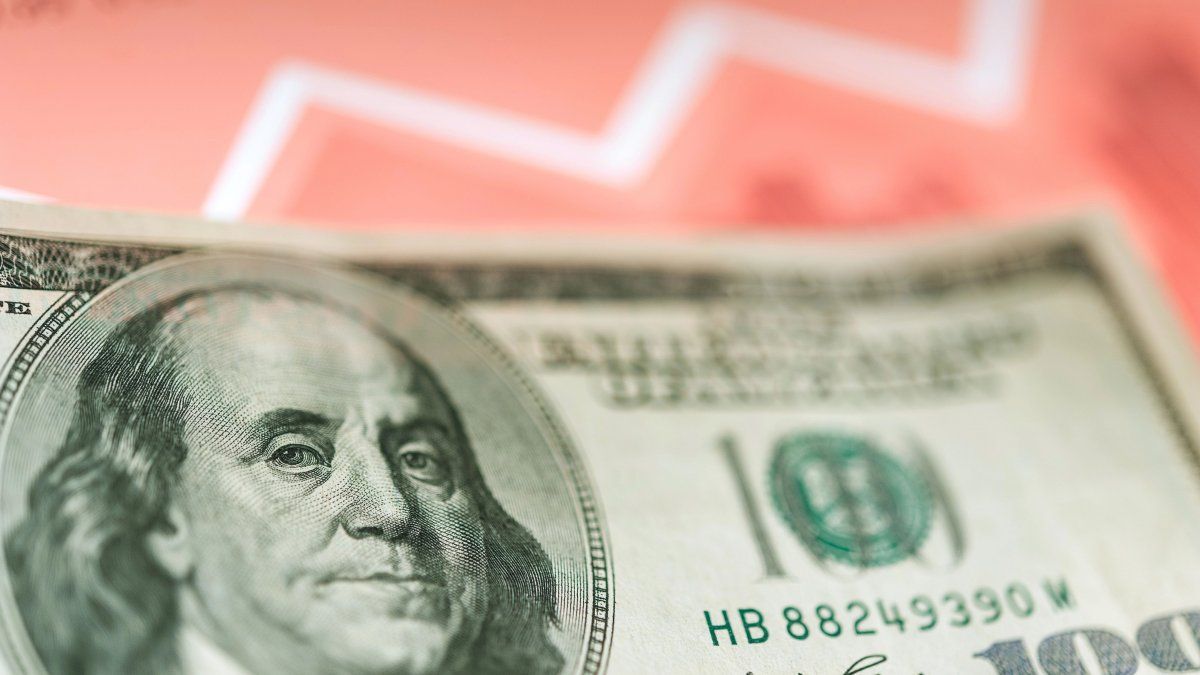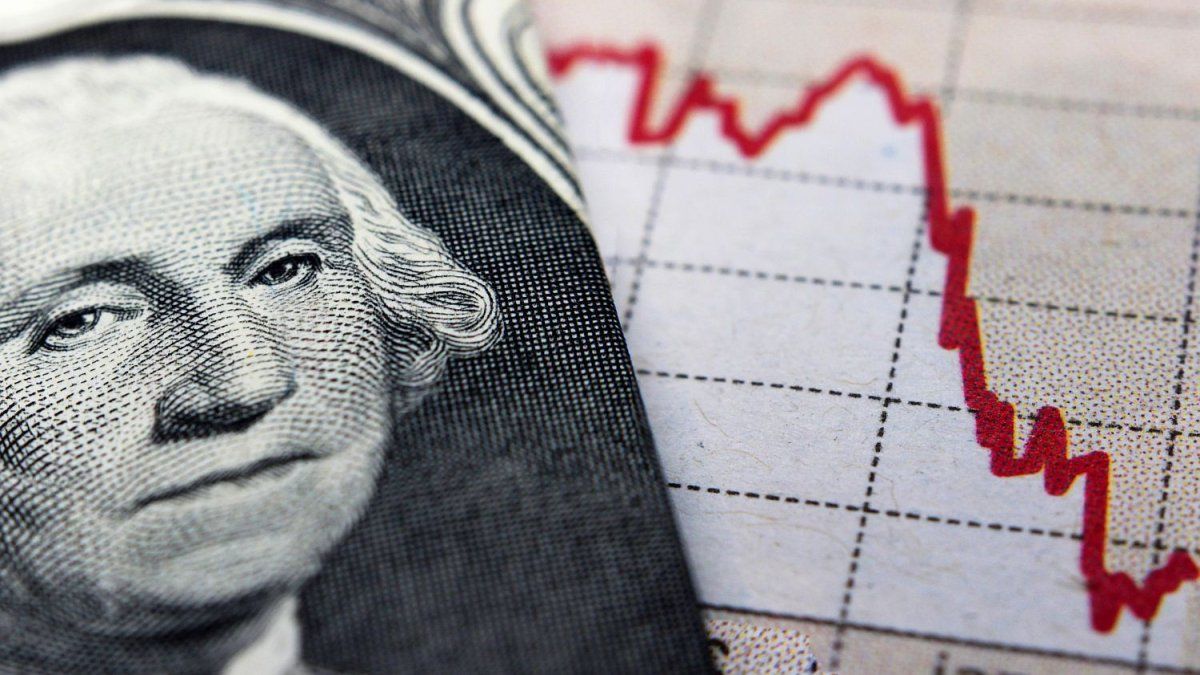After the STEP, the official dollar is fixed at $350, as a result of this devaluation. Simultaneously with that measure, The BCRA immediately adjusted the traditional fixed term rate, raising it 21 percentage points, up to 118% (Annual Nominal Rate, TNA) to be in tune with the exchange jump.
On the other hand, many pesos were injected into the economy as a result of the bonuses for retirees, workers and social plans that were implemented to supplement the effect of the devaluation on prices and the support programs for different sectors of the countryside and SMEs. Thus, all private inflation forecasters are anticipating that the price rise data for August, which will be released on Wednesday, September 13, will be in double digits and will be around 11% or 12% per month, well above the 6 % of July.
In this context, how will the BCRA react with its rate policy? as indicated Federico Zirulnik, chief economist of the Scalabrini Ortiz Center for Economic and Social Studies, “if you want to continue maintaining a positive rate, you will have to raise it again.” The path of positive rates is a requirement demanded by the International Monetary Fund within the framework of the agreement that the country signed with the organization, and which, at the same time, is a tool to contain inflation and the dollarization trend of savings.
In order not to abandon this path, taking into account that the effective monthly yield of the fixed term is today 9.7% against inflation above 10%, the BCRA should raise the rates once more. This is confirmed by the director of CyT Asesores Económicos, Camilo Tiscornia, when he points out that “it should be higher” in relation to forecast inflation.
However, like the rest of the analysts consulted, Tiscornia considers that “it is very likely that it will not raise it, especially considering that it is a measure that would aggravate the quasi-fiscal deficit (the interest that the BCRA pays to banks for bills of liquidity).
Likewise, Zirulnik indicates that it must be taken into account that, beyond the August peak, as a consequence of the devaluation and the announced measures, “it is probable that, by September, inflation will drop somewhat” compared to the previous month.
Sergio Chouzadirector of Consultora Sarandí, indicates that “the most prudent attitude, today, would be to leave the fixed term rate stable at 9.7% monthly effective, with 118% annual nominal and 209% annual effective, beyond the inflationary flash of the month of August”.
The keys
This inflationary phenomenon seems to be a peak of a moment, which, in the words of Chouza, “was given by extremely high volatility and uncertainty about the result of the elections without institutional and nominal anchors and which returned to its course, after the agreement with the IMF ”.
In addition, analysts agree in mentioning that, in the current electoral context, in which the move towards the dollar is already a very marked trend, the ineffectiveness of the rate to discourage dollarization becomes evident.
In a similar sense, the economist and director of MyR Consultores, Fabio Rodríguez, points out that he hopes that there will be “a mini status quo until October by the Government, trying to continue with the official dollar at $350 and the MEP intervened in the area between $650 and $700.” And he points out that as long as this is effective so that exchange rates do not skyrocket and the BCRA can continue buying dollars, he sees no incentive to raise the rate.
Thus, for Chouza, “the most prudent thing is to keep the rate stable at these levels, even in the face of high inflation data in August, and not give it another push again.”
The same is pointed out by Zirulnik, who considers that “if August inflation falls below 12% (a possible variable, although it seems difficult), it is probable that the Central will maintain the fixed-term rate at current levels, while, if it is above that level, surely, they will rise again ”.
Source: Ambito




